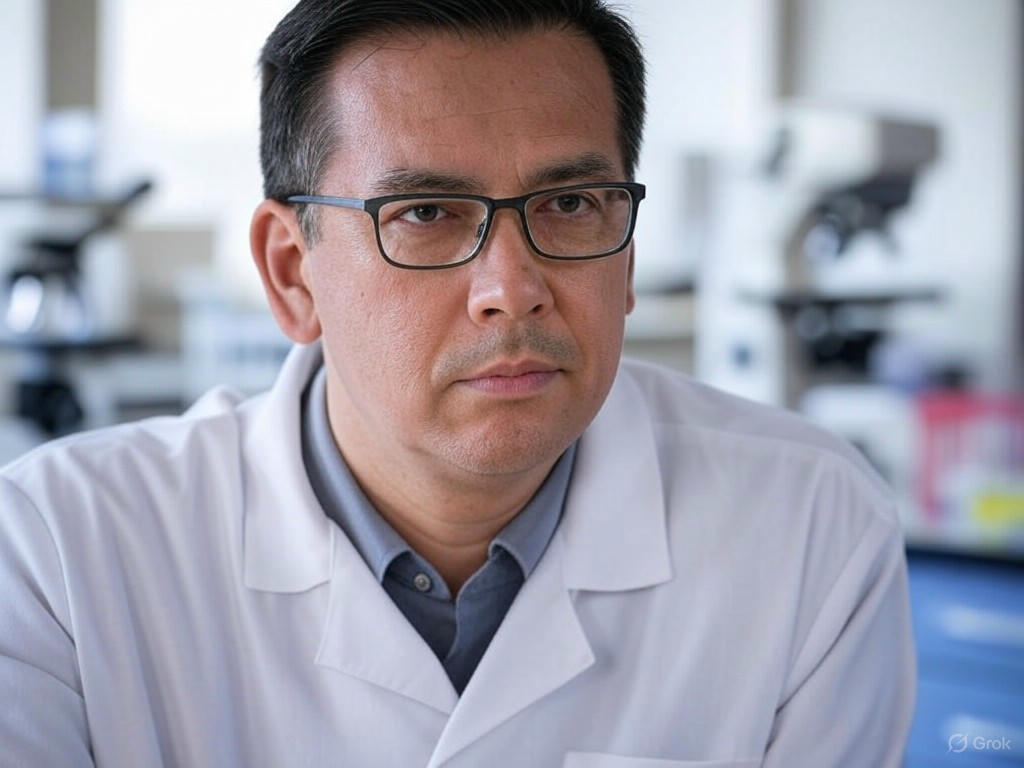AI Breakthrough: Non-Cancer Drugs Team Up to Fight Breast Cancer
In a groundbreaking stride forward for cancer treatment, a team of innovative researchers from Cambridge has harnessed the power of artificial intelligence to uncover a surprising weapon against breast cancer. Their discovery, which could reshape the landscape of oncology, reveals that certain medications originally designed for non-cancer conditions can, when combined, effectively target and destroy breast cancer cells. This revelation not only highlights the potential of AI in medical research but also opens new doors for affordable and accessible treatment options.
The research team, driven by a passion for finding novel solutions, utilized advanced AI algorithms to sift through vast databases of existing drugs. These algorithms analyzed how different medications interact at a molecular level, identifying unexpected synergies that could be leveraged against cancerous cells. What they found was astonishing: a specific combination of drugs, none of which were initially developed to treat cancer, demonstrated a remarkable ability to halt the growth of breast cancer cells in laboratory settings. This approach bypasses the lengthy and costly process of developing new drugs from scratch, potentially accelerating the path to real-world applications.
What makes this discovery even more exciting is its focus on repurposing drugs that are already approved for other health conditions. These medications have established safety profiles and are often more affordable than specialized cancer treatments. By combining them in precise ways, the researchers observed a powerful effect that could disrupt the survival mechanisms of cancer cells without the harsh side effects often associated with traditional therapies like chemotherapy. While the exact drugs involved remain under wraps pending further clinical trials, the implications are clear—treatments could become more personalized and less burdensome for patients.
The role of AI in this achievement cannot be overstated. By simulating countless drug interactions at a speed unattainable by human researchers alone, the technology pinpointed combinations that might have taken decades to discover through conventional methods. This fusion of cutting-edge tech and medical science exemplifies how interdisciplinary approaches can tackle some of humanity’s most pressing challenges. The Cambridge team’s work also underscores the importance of thinking outside the box, proving that solutions to complex problems like cancer may already exist within our current arsenal of medicines.
As promising as these findings are, the journey is far from over. The next steps involve rigorous testing to ensure these drug combinations are safe and effective in human trials. If successful, this could mark a turning point in how we approach breast cancer treatment, making it more accessible to millions worldwide. For now, this discovery serves as a beacon of hope, reminding us that innovation, powered by technology and human ingenuity, continues to push the boundaries of what’s possible in the fight against cancer. The future of medicine looks brighter, and with AI as a partner, who knows what other hidden cures await discovery?


